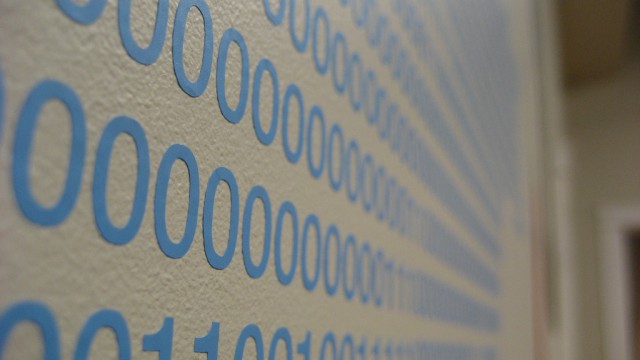Polynesians may have beat computers to using binary
Ars Technica » Scientific Method 2013-12-19
The decimal system of counting is part of our language, math, and the measurement units used by all right-thinking nations. It's so deeply engrained in how we operate that it's often difficult to imagine using anything else. However, it's mostly a historic accident, based on the number of fingers we happen to have. Although the vast majority of societies used decimal numbers, some developed systems based on five or 20 digits instead. But there were also some rare exceptions. A new paper in PNAS performs an analysis of a Polynesian culture's language, and it concludes that its speakers developed a mixed decimal/binary system. The researchers then go on to argue that the inclusion of binary made certain math operations much easier.
There are some instances of binary systems being used. For example, the paper cites a language from Papua New Guinea that only includes words for one and two. But it's not a full binary system in that there's no concept of larger digits; these are simply represented by additive combinations of the two digits (so five is expressed as "2 + 2 + 1").
In contrast, the authors argue that the indigenous people of Mangareva performed full binary calculations but layered the results on top of a decimal counting system. The trick is that there is nobody left who actually uses the Mangarevan numerical system; instead, it has to be inferred from the language and cultural background of the people.
Read 6 remaining paragraphs | Comments





